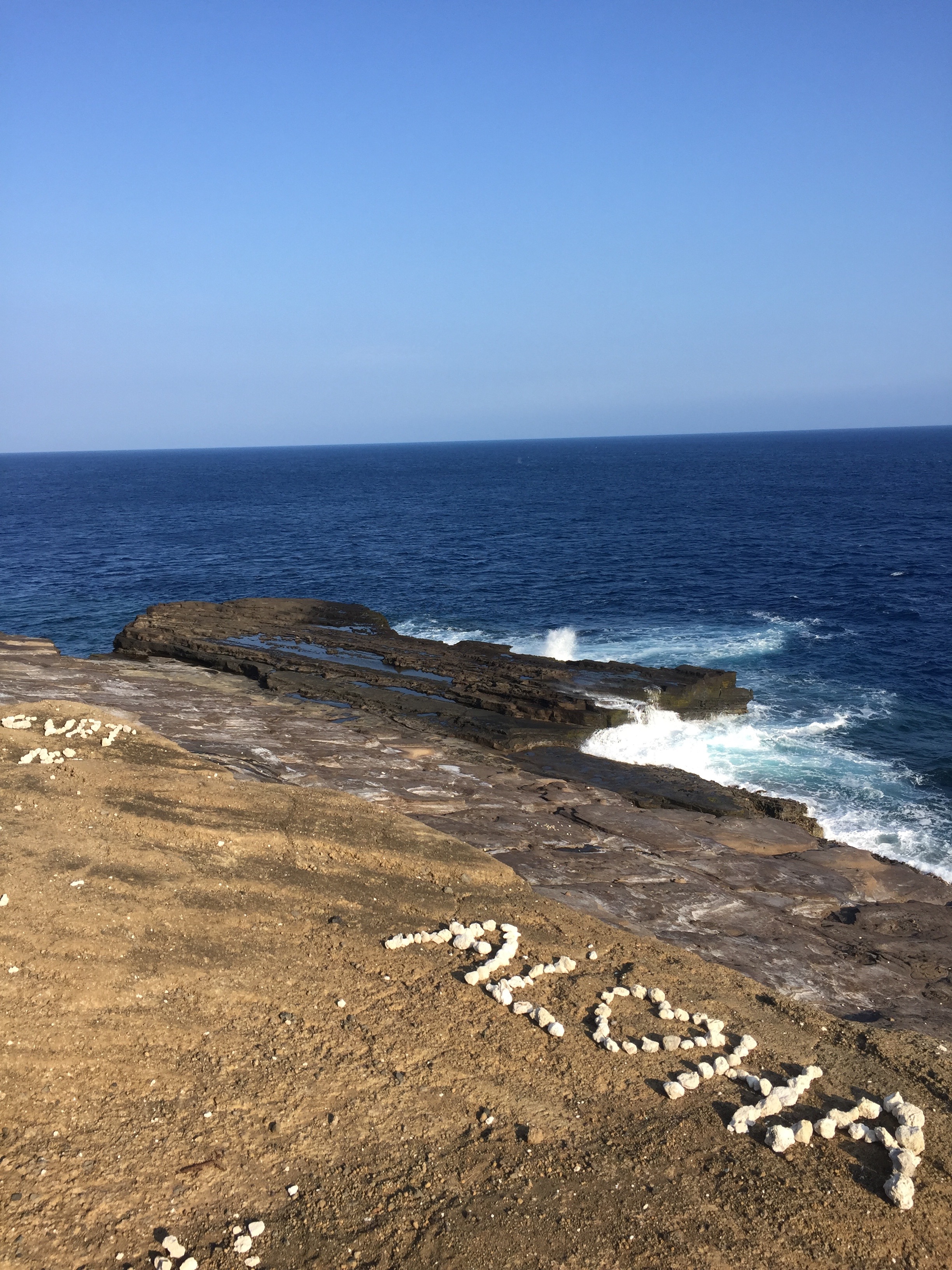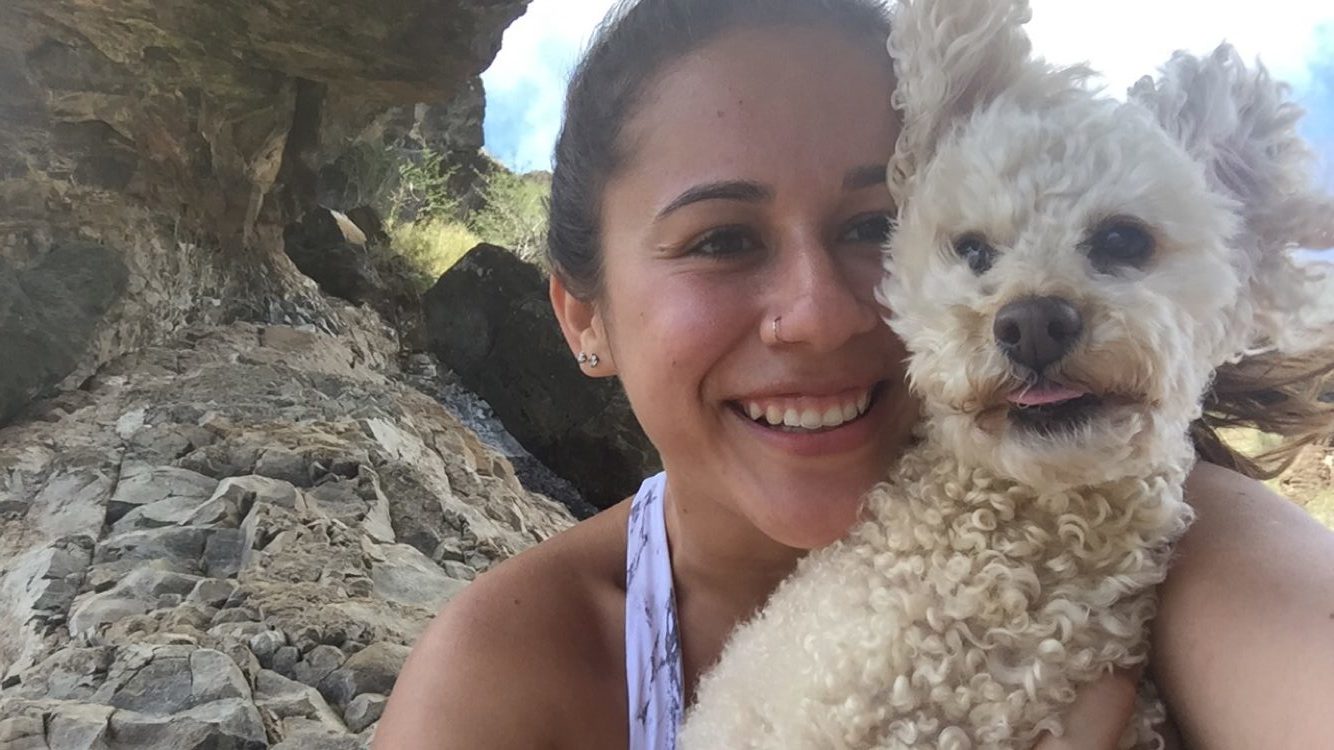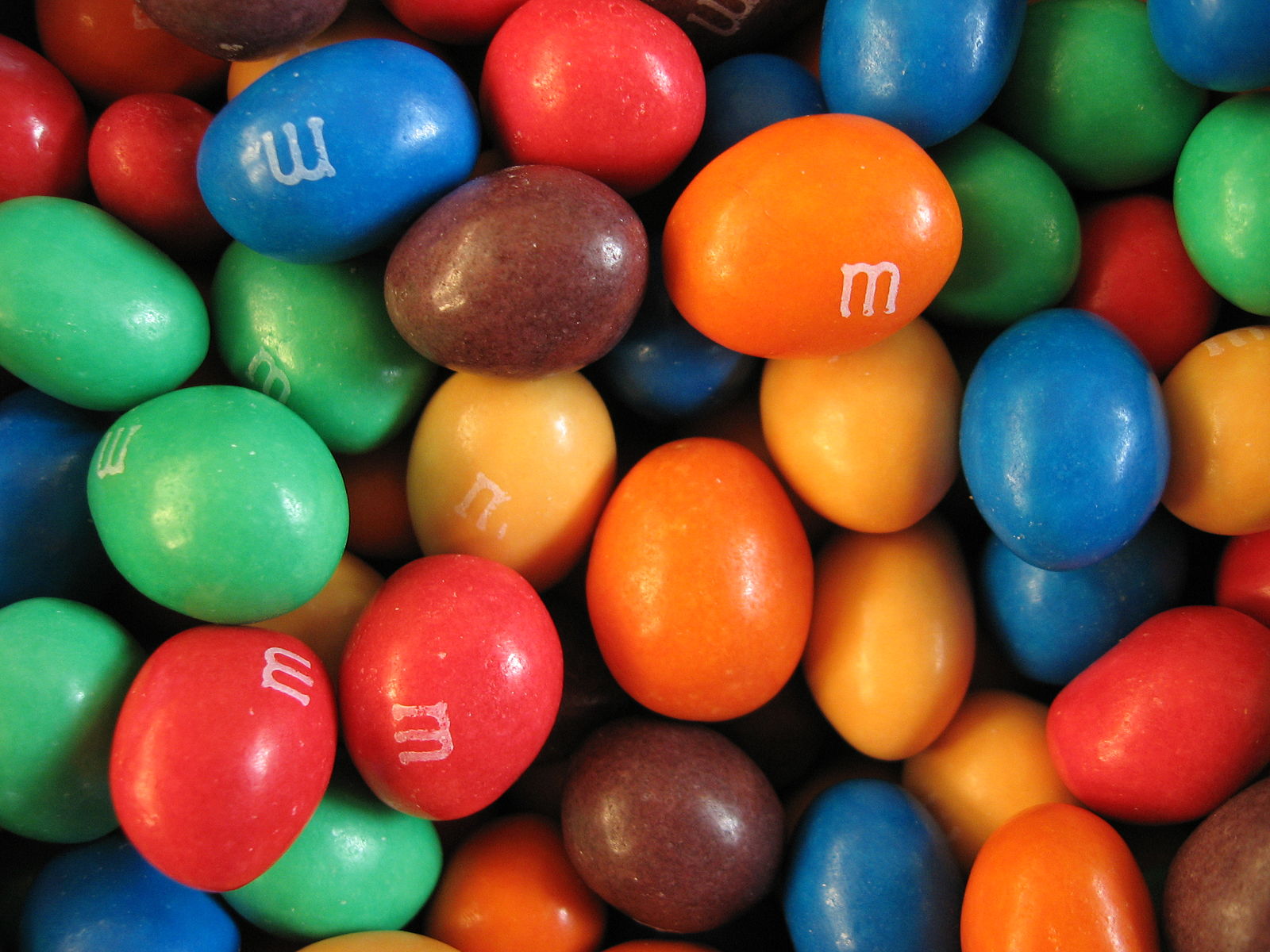Segregation in Hawaii: Local Language
Local language is a quality of Hawaiian culture that contributes to segregation in the islands. It’s easy to see who is a local based on the language and slang they use. For example, familial terms like “cousin” and “aunty” can describe close friends instead of actual blood-related relatives. Locals use these terms, and it’s apparent in everyday conversation. Other terms like “choke food” and “ono grindz” (spelled with a “z,”) are phrases to describe delicious food in large quantities. Language trends help distinguish locals who have been in the islands for their life and newcomers. In Hawaiian, “kama’aina” means “local.” If you see this term at restaurants and shops, it’s probably because they offer a discount for locals.

Local language is all about spreading aloha. Image Copyright CyberCom, Inc.
Segregation in Hawaii: Local Drivers
Local driving is another quality that distinguishes locals from newcomers. Locals are very laid back and don’t drive with a sense of urgency. We run on “island time.” Drivers here don’t honk, ever. They also don’t give displeasing gestures like the finger. They also let others merge into their lane without resisting. Hence, it’s easy to tell when a foreigner is on the road because these are all obvious hints. If someone honks at you, they’re probably not from around here. This is one of the reasons why locals are not fond of newcomers and visitors. Aggressive driving is a big no-no in the islands.

Pedal to the medal isn’t always the best option! Image Copyright CyberCom, Inc.
Segregation in Hawaii: What is a haole?
The term “haole” is a common label for fair-skinned caucasians that don’t have these local qualities I described above. The term “haole” is a Hawaiian word composed of “ha” and “ole.” The first means “breath of life” and the second means “lacking,” so the term “haole” literally translates to “lacking breath of life.” This is because caucasian missionaries and visitors would shake hands as a greeting instead of embracing a hug. Locals are very friendly people that use hugs and gentle kisses on the cheek to embrace and welcome others. Hence, it was unusual for handshaking to be a greeting. Nowadays, the expression is a derogatory term for caucasians that don’t match the typical profile of a Native Hawaiian. For example, my friends called me “haole” in high school because I was the fairest in the group and did “haole” things like referring to “spam katsu” as “breaded spam.”

My haole dog + I! Image Copyright CyberCom, Inc.
Segregation in Hawaii: How to bridge the gap
Locals in Hawaii are soft-spoken and laid back. The phrase “island time” and “hang loose” are accurate depictions of Hawaiian culture. Bridging the gap between locals and newcomers can be aided by a more relaxed and open attitude on the newcomers’ side. For example, a more relaxed attitude on the roads would help make it less obvious. Also, being more open minded if things don’t go as planned. A natural “hang loose” attitude is necessary when blending in. For example, don’t be upset if the restaurant has a 60 minute wait, hang loose! Island time means every part of your day is an experience to be enjoyed. Never take a moment for granted.

There’s a long road ahead in bridging the gap, but small things can help. Image Copyright CyberCom, Inc.


